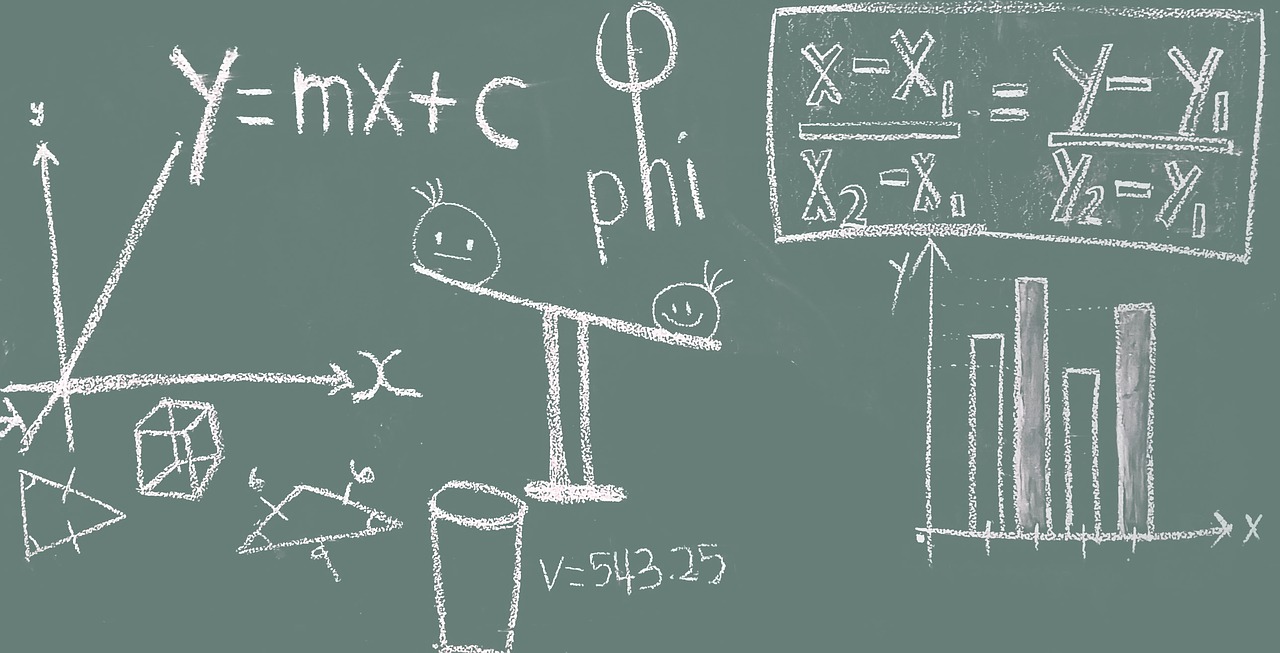Solve Math Problems Through Perception
01.02.20193 min read
You will be surprised how many students have problems with writing. And the reason is not only because they do not study the material, it lies much deeper. It is the problems of perception and, at some point, self-confidence.
What does not let us solve math problems?
- Very often students just don’t feel confident enough to deal with their writing problems. However, there is good news for them! It is not that bad as it may seem. There are certain rules they can follow to overcome the problem.
- Plus, the fear can become very physical. When you have to multitask, you become more nervous and the fear is growing. When dealing with a math task a student has to read the text, define the main problem that requires a solution, identify what information they need to use and make an equation. This may cause some students’ brain work hectic thus making the situation even worse. They may feel hopeless in this subject, while they only need some concentration.
Adjusting perception to solve math problems
- You have to begin with setting a list of rules that can be applied anytime, when they are needed to solve a math task and not to get nervous. This is a great approach in the sense that it will give students a clear plan of actions in the situation when they feel nervous about math equations.
- In many cases students mix being nervous with lack of math skills. It is most likely they will think being dumb in math, when their fear shows up. To deal with such a situation, an advice is writing down all the information they can find. This is a simple trick – the more information you write down the more relaxed your brain becomes, which results in fewer chances of forgetting something and making mistakes.
Tricks to solve math problems
When you explain the possible reason of your students’ writing problems, your next step is making certain rules to solve them.
- Work with the text. When you read the math task text, take a pen and work with it – underline the information you need, circle the question asked, and cross out the unnecessary info. Such visual distinction of information will greatly help.
- Use color pencils. There is no need to explain that distinguishing information will be more effective if you use pencils of different colors.
- Visualize the question. Many students perceive information better when it is … depicted. Visualizing the problem helps them understand it better and to search for a way to solve it faster.
- Use math tools. For some people such tools as a ruler or a protractor may help in visualizing the problem. Teachers would definitely not mind students using such tools if they see that it makes the process more efficient and brings good results. They will help making the picture more accurate and clear, especially for those students, who have a developed visual perception.
- Begin with estimation. It is a sort of seeing the possible answer. If you try to estimate the task, first you need to start with the obtained answer. After that you can go back and finally find the possible mistake.
- Check your result. This is very important. Once you have solved the task you need to check if it was done correctly. Statistics says that 50% of all mistakes are the so-called careless mistakes, made because students never bother to check the task. This is extremely important for students who have weaker attention.
To sum up, it is important to explain students that math problems may not be that bad and to help them increase their self-confidence, providing effective ways to fight their fears.

 Calculate
Calculate 